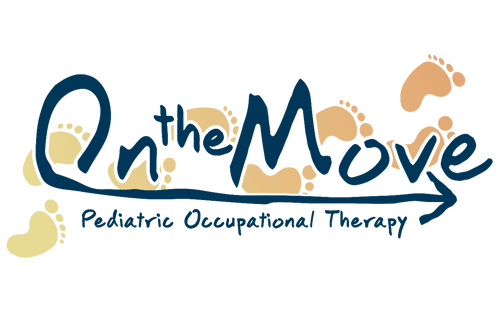What is OT?
Occupational Therapy focuses on the development of life skills. For children, their main occupation is play. In addition to playing, other occupations include activities of daily living, classroom skills, and being a contributing member of the family. Occupational therapists are uniquely trained to be able to assess how the demands of an activity or environment match the skills of the individual. When demands and skills are poorly matched, OTs are able to strengthen skills and modify the environment and/or environmental demands in order to impact overall performance and well-being.
You may consider OT for your child if they exhibit:
• Poor coordination for holding a bottle
• Difficulty using utensils
• Difficulty with color, handwriting, or using scissors
• Strong hand dominance before age of 5
• Problems with tasks related to getting dressed such as buttoning, tying shoes, zipping and unzipping
• Challenges involving attention, following directions and/or transitioning between activities
• Over sensitive or under sensitive to touch
• Sensitive to or craves sound (covers ears or makes excessive noise)
• Sensitive to or craves movement activities
• Limited play or social interaction
* Difficulty with transitions or changes in routines
• Fidgets, in constant motion, and always seeking input
Occupational Therapy Evaluation
An occupational therapy evaluation determines the occupational needs of a child with the help of using standardized scores, parent interviews, and skilled observations. A standard evaluation takes 60-90 minutes. The up to one-hour conference will include a full evaluation report and intervention planning with the family.
Occupational Therapy intervention
A child's main set of occupations include play, self-care, and learning. Pediatric occupational therapy has an overarching goal to develop all the necessary skills for life long learning. On the Move Therapy offers a sensory integrative approach to meet the child's play needs and promote sustainable progress in all areas of development (fine motor, gross motor, sensory processing, social and emotional, and activities of daily living)
techniques and tools I use
Rhythmic Movements
Reflex Integration
Brain Integration Exercises
Zones of Regulation ®
Self-Regulation and Mindfulness Techniques
SSP (Safe and Sound Protocol) ®
Therapeutic Listening ®
